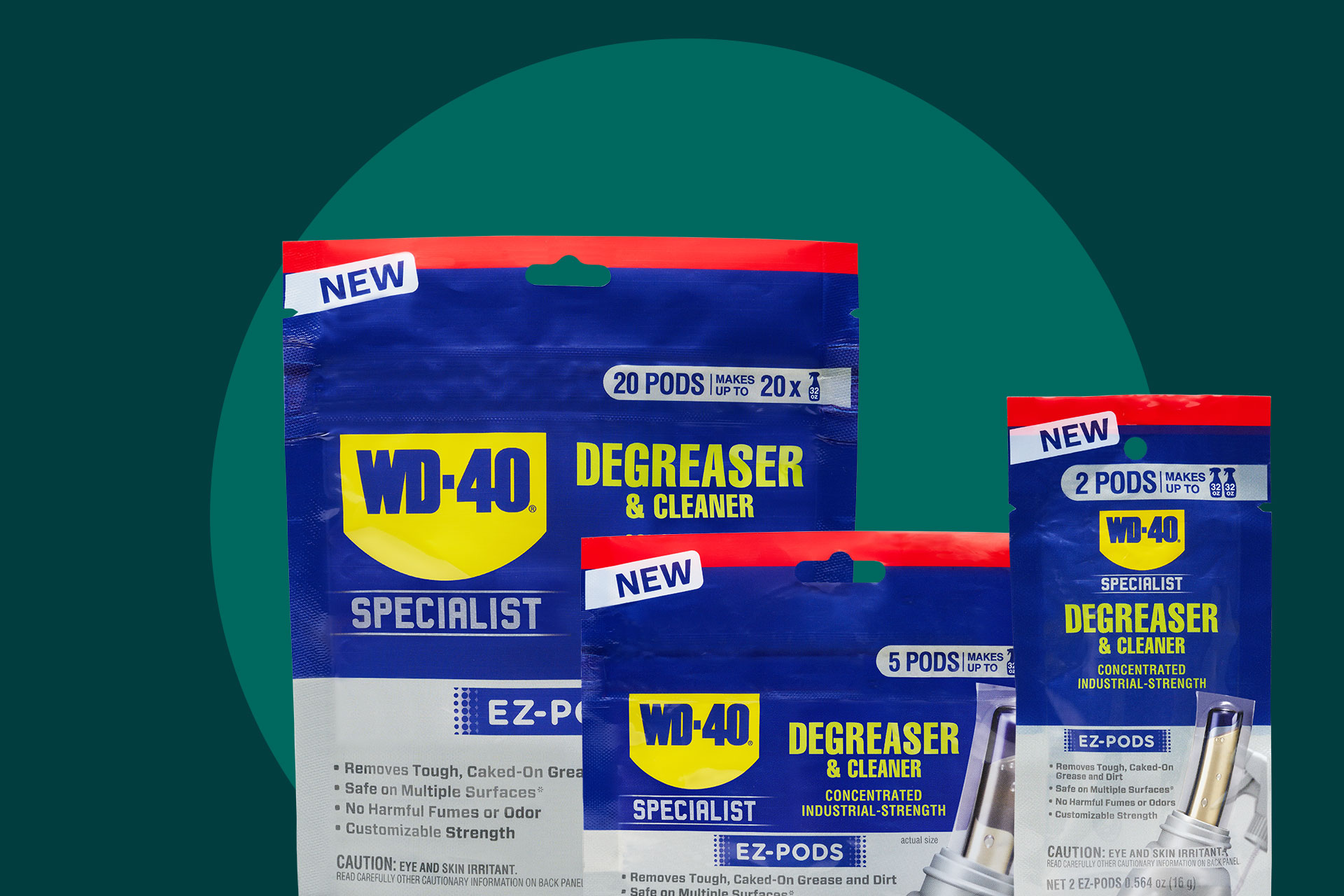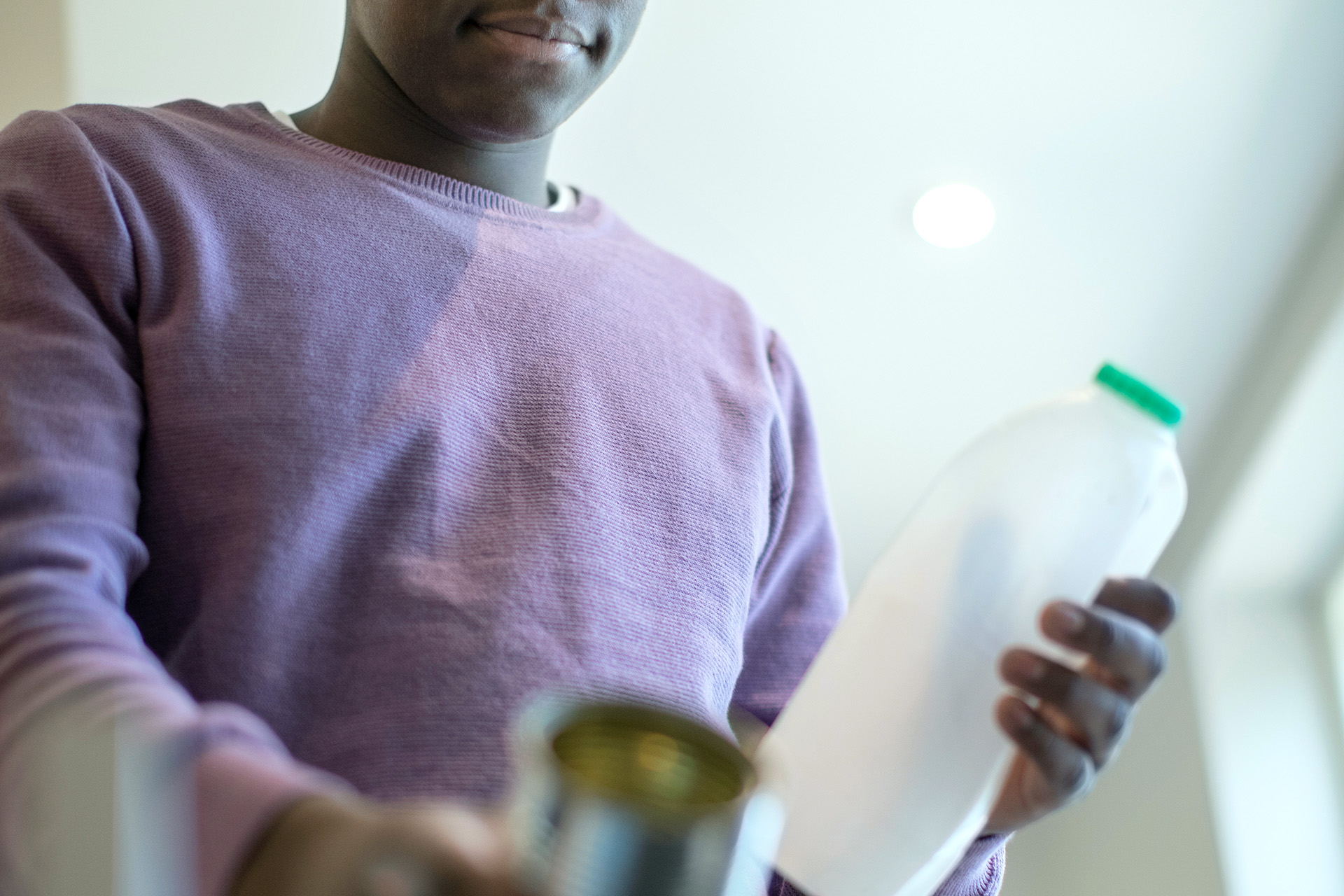There are a plethora of terms in the packaging industry around recycled content. PCR, PIR, and PCW? What do they mean? And how can they impact your brand’s sustainability goals?
Choosing recycled materials has many significant environmental impacts. Keeping materials out of landfill extends the material life cycle and reduces energy consumption and greenhouse gas emissions. Overall, it decreases our reliance on fossil fuels and promotes a circular economy.
As part of the Ellen MacArthur Global Commitment, many top FMCG companies, including Nestle, PepsiCo, Unilever, and L’Oréal have set recycled content goals for 2025. Brand targets range from 5% to even 50% recycled content.
What are the terms?
Recycled is a general, catch-all phrase. Packaging with recycled content is typically made up of either post-industrial (also called pre-consumer) or post-consumer recycled content. For example, a film with 50% post-industrial and 30% post-consumer recycled content would have 80% recycled content. This also means that recycled products don’t always contain post-consumer material. So, if you’re looking to meet specific post-consumer recycled content targets, be sure to confirm the percentage with your packaging supplier.
Post-consumer recycled (PCR) is a widely-used term for the material made from items recycled by consumers, such as aluminum, cardboard, and plastic. These materials are either collected through blue-bin or curbside recycling programs, or in some cases, via store drop-off or deposit return systems. Materials collected are sent to a materials recovery facility (MRF) for sortation and baling. These bales are then purchased and processed into recycled feedstock suitable for new packaging. PCR can also refer to post-consumer resin, a material made from recycled plastic packaging, such as water bottles and milk jugs.
There are several benefits to introducing or increasing your PCR content in your labels and packaging:
- Creates demand and promotes the circular economy; increased demand from brands stimulates demand for consumer recycling programs
- Decreases the reliance on virgin fossil resources and energy, reducing your carbon footprint
- Meets consumer demand for higher levels of recycled content in plastic film and rigid packaging
Post-industrial recycled (PIR) is a term used to describe the material made from reclaimed manufacturing waste. This type of recycled content is also referred to as pre-consumer recycled because it never made its journey to the consumer as a finished product. This can include material trimmings, byproducts, or defective items produced in the manufacturing process that would otherwise become waste.
There are some benefits to PIR:
- Reduces waste that would typically go to landfills
- Reduces reliance on virgin materials and uses less energy
Lastly, post-consumer waste (PCW) is a term used exclusively to describe post-consumer recycled paper. Because paper is commonly recycled, PCW paper is widely available and frequently used in packaging materials.
It’s imperative that we continue to recycle paper, because organic materials like paper emit methane during decomposition in landfills. So, continuing to recycle will divert waste from landfill and reduce greenhouse gas emissions. In fact, the EPA estimates that recycling one ton of paper reduces greenhouse gas emissions by one metric ton of carbon equivalent (MTCE).
The benefits of PCW include:
- Conserves natural resources and reduces environmental footprint
- Material circularity and less landfill waste
So, which one is right for my brand?
The short answer? It’s totally up to you. You may choose to stick with virgin materials due to current cost structure. Or, you may see the long-term benefits of selling goods packaged in recycled content.
Generally, using post-consumer recycled materials is perceived as having a greater positive impact, as it drives demand for a circular economy. However, post-consumer may not always be available, due to lower collection rates of a material or lack of end-markets. In this case, post-industrial (pre-consumer) is a viable option. No matter your choice, recycled content is one pathway to circularity.
Some of our customers have made public commitments to increase the recycled content in their packaging, and we are aiding in that transition. At Brook + Whittle, our mission is for 100% of our customers to be using our most sustainable products. Yet, we understand that kind of sea change can’t always happen overnight. We can help you pick the solution that’s the best fit now, and provide the tools, information, and partnership needed to advance your sustainability goals over time.
Want to dig further into recycled content standards? Click here
Did you know that labels can help you
reach your recycled content targets?
economy and lower your environmental impact.


